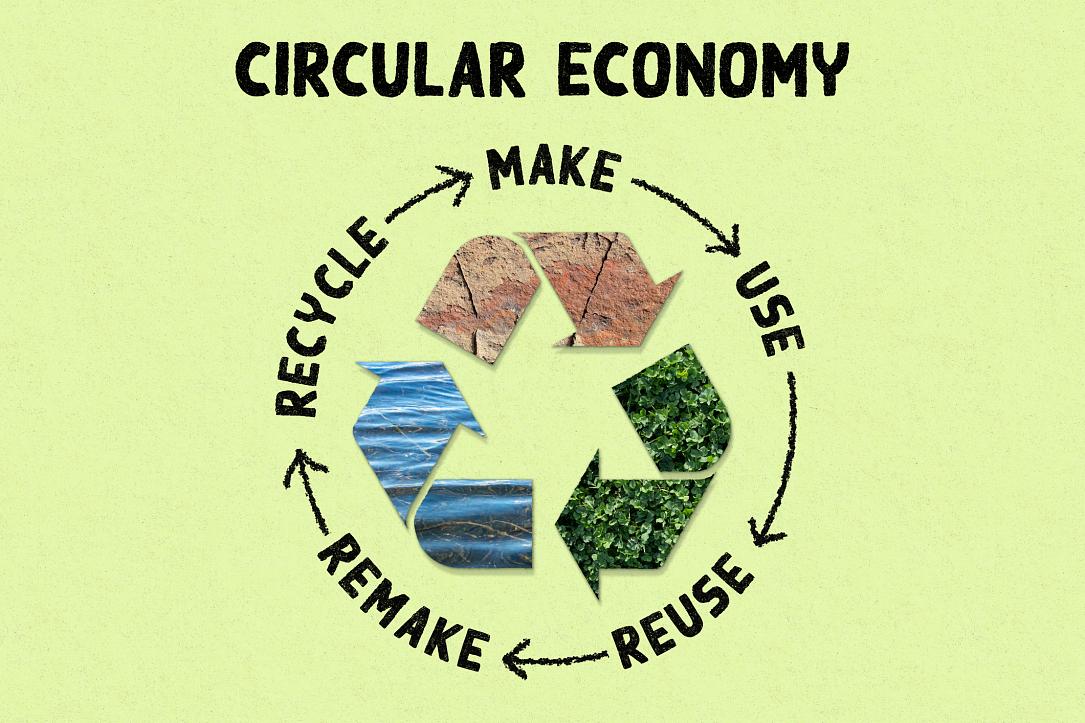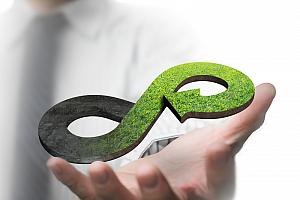Eurostat: Romania has the lowest rate of circular use of materials in the EU

Romania had the lowest circular material use rate in the EU in 2021, with only 1% of materials being recycled and reintroduced into the economy. The EU averaged 11.7% last year.
The rate measures the contribution of recycled materials to overall materials demand. The indicator is part of the EU’s Circular Economy indicator set. Materials used circularly lower the demand for the extraction of primary raw materials.
The highest circular material use rate was in the Netherlands (34%), Belgium (21%), and France (20%). The lowest was in Romania (1%), and Finland and Ireland (both by 2%).
The European Commission adopted the new circular economy action plan (CEAP) in March 2020. The EU’s transition to a circular economy aims to reduce pressure on natural resources and create sustainable growth and jobs. The new action plan announces initiatives along the entire life cycle of products and includes commitments on ecodesign, waste prevention and reuse, clean material cycles and ambitious quantitative targets on increasing recycling and reducing landfilling, obligations to improve the separate collection of waste, as well as the promotion of efficient use of bio-based resources.
Compared to 2020, the EU’s average rate decreased by 0.1% last year. The rate maintained a stable growth from 8.3% in 2004 to 12% in 2019, before falling slightly during the pandemic.
(Photo source: Hollyharryoz | Dreamstime)













